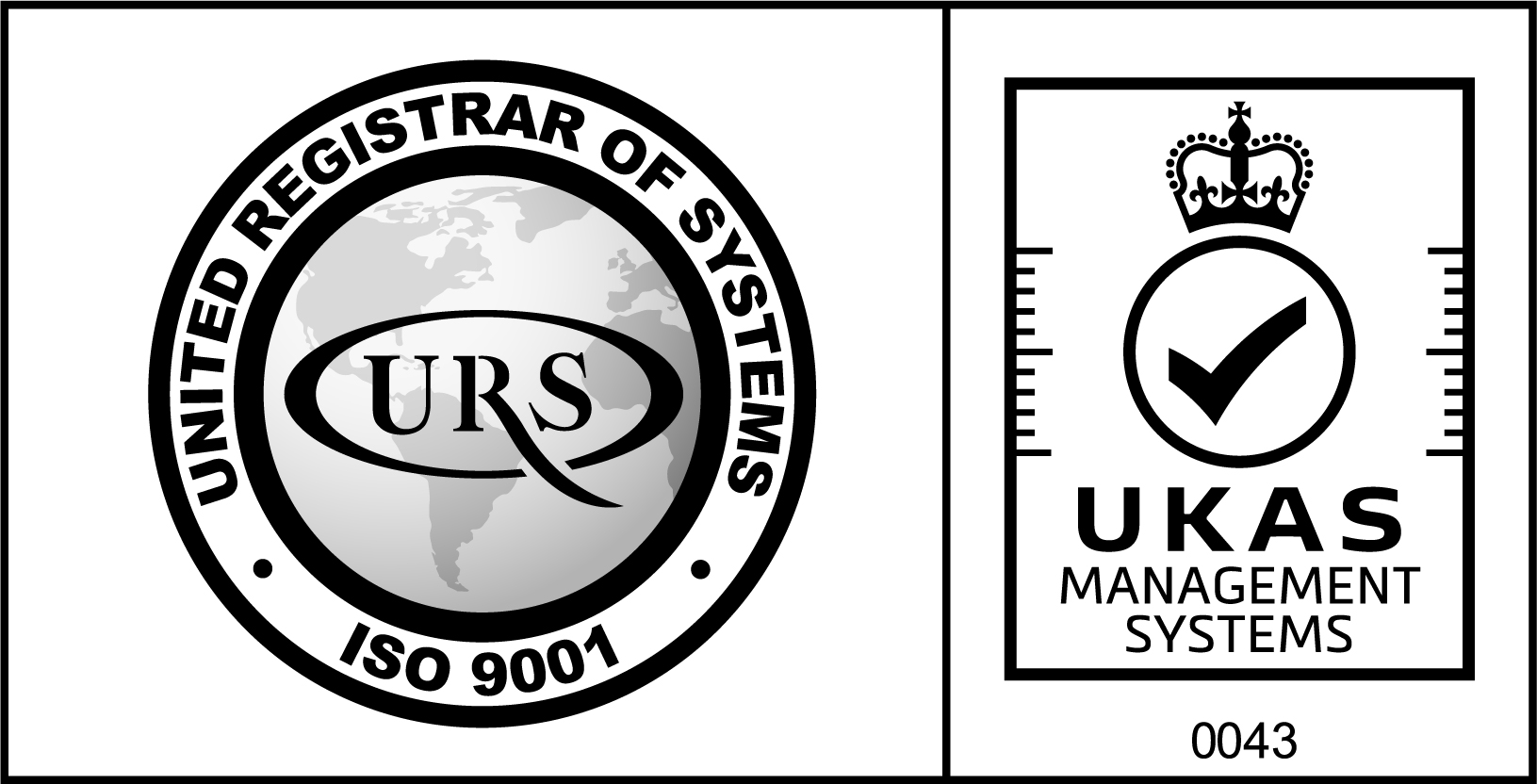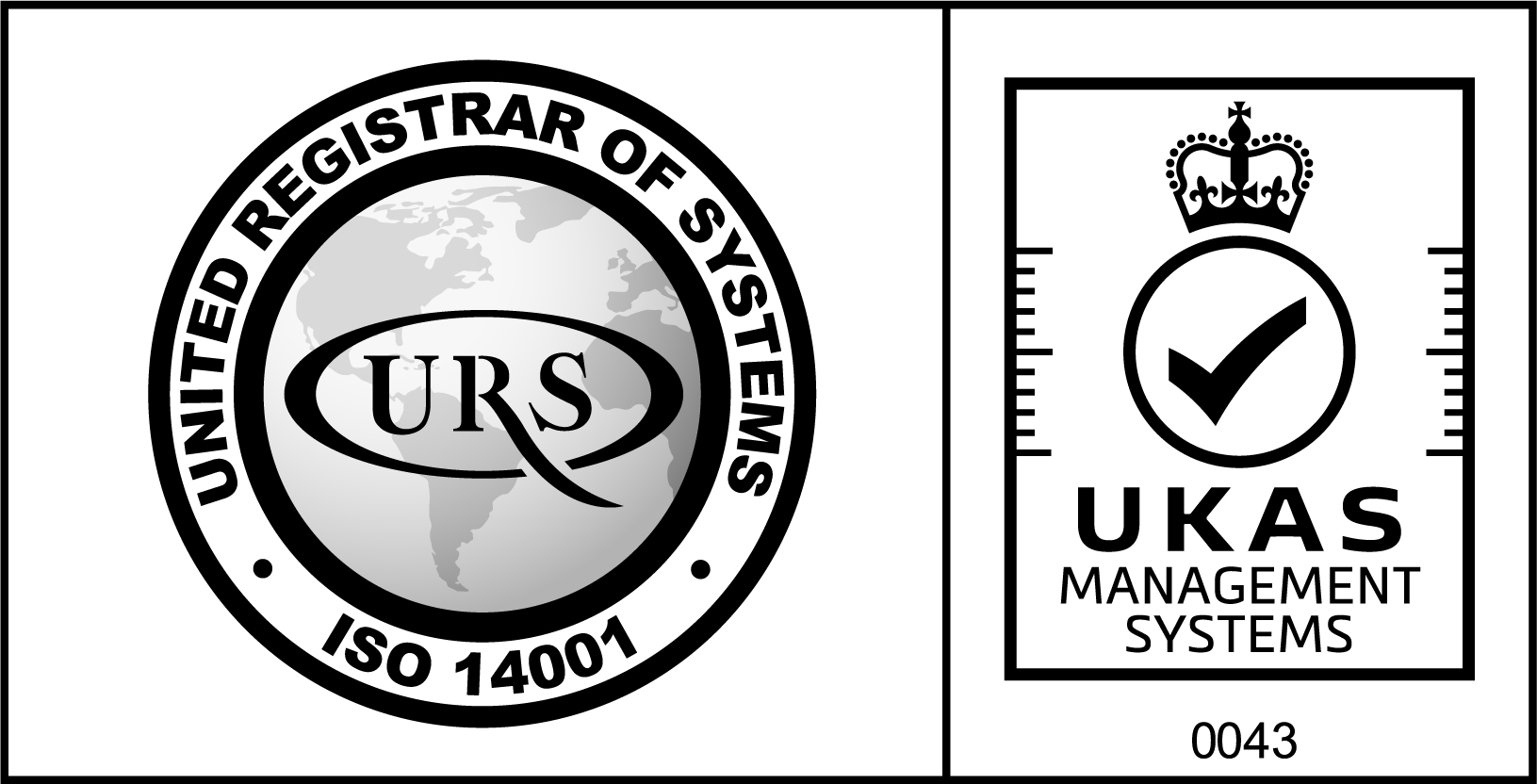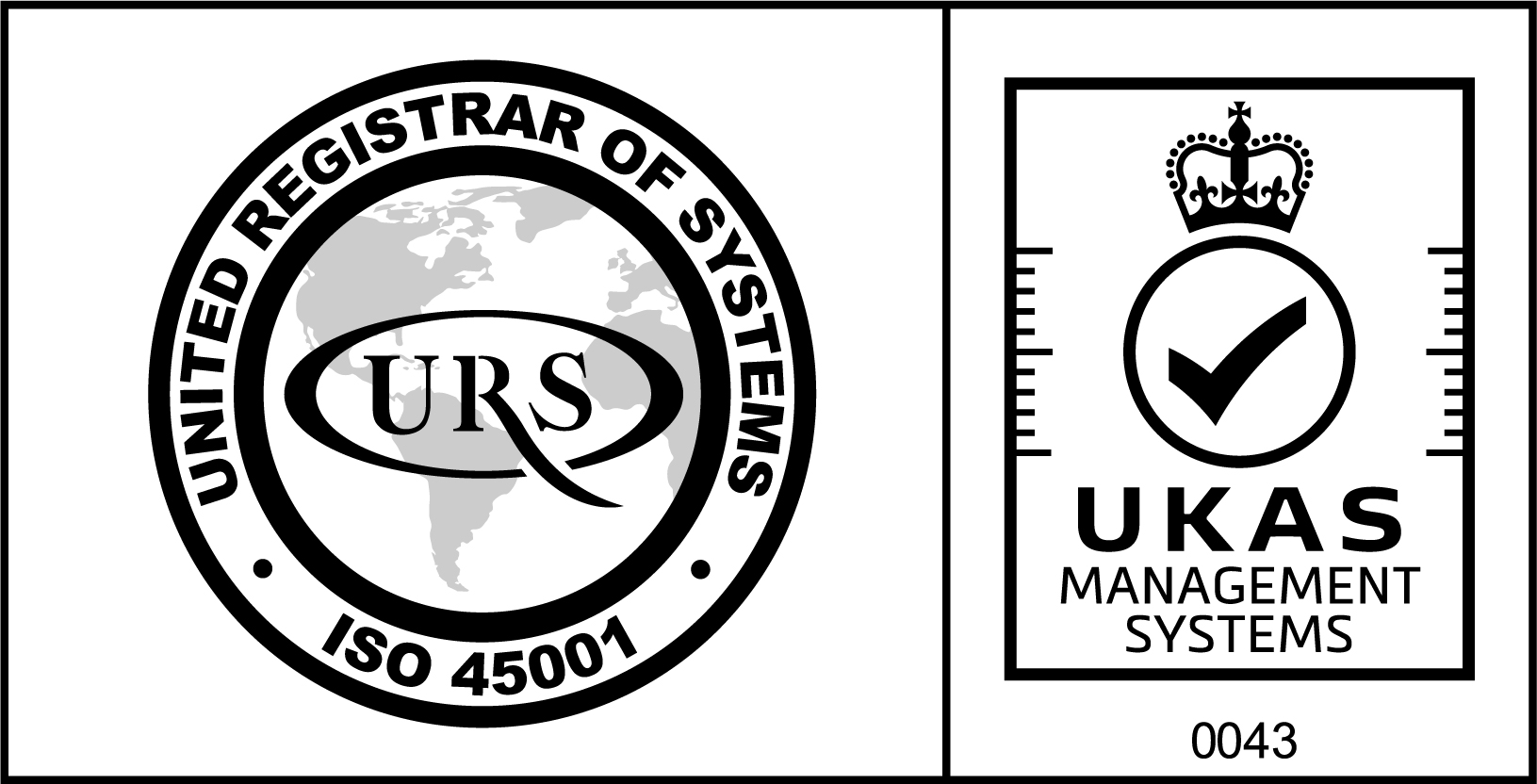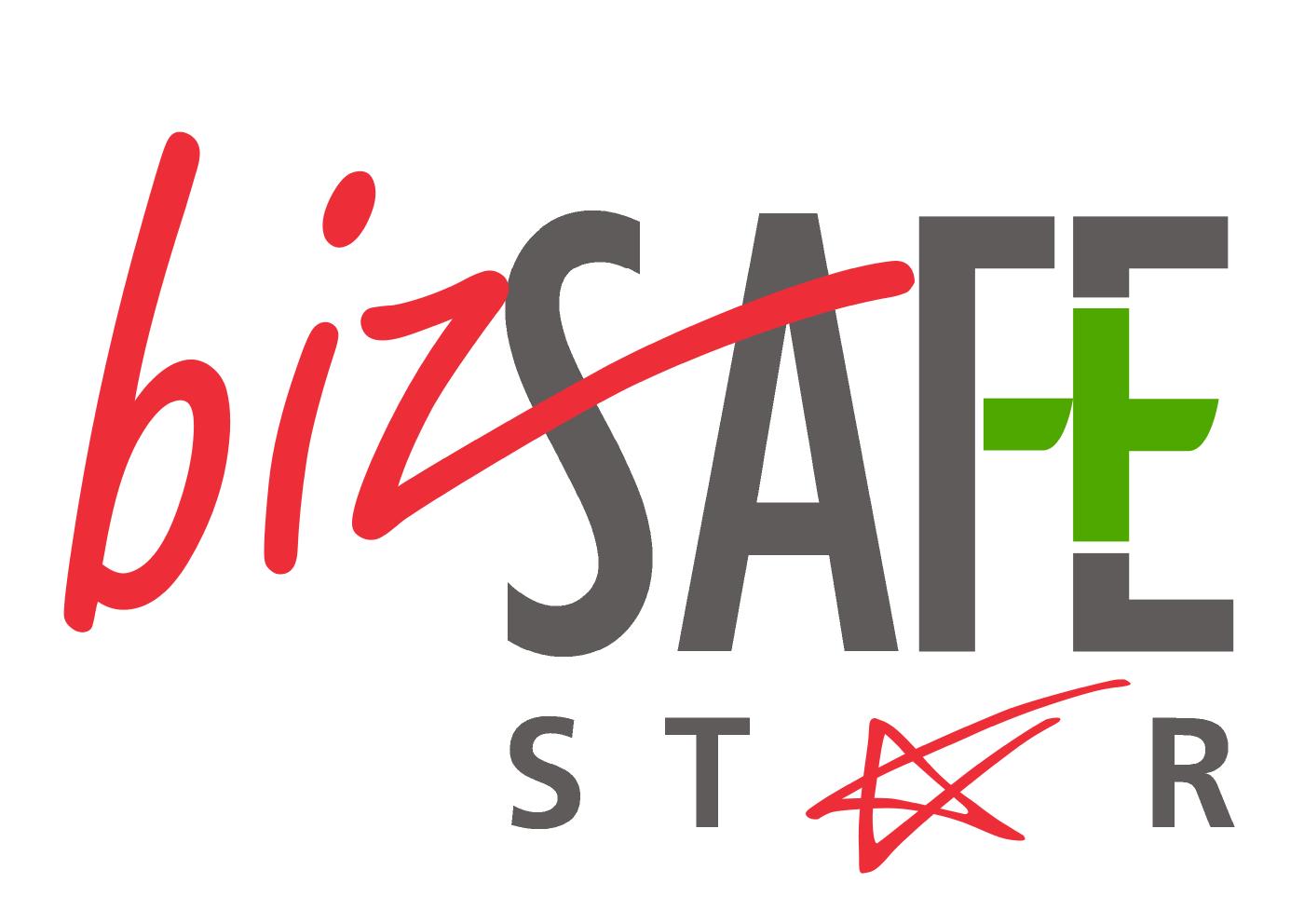What is a Building Management System (BMS)?
Building Management System (BMS), also known as Building Automation System (BAS), is a computer-based control system that is designed to manage and monitor a range of building services, including lighting, HVAC (heating, ventilation, and air conditioning), security, access control, and other building systems. BMS integrates these systems, allowing for centralized control and monitoring, and providing valuable data analytics for building optimization.
A BMS system typically includes a user interface that allows operators to control and monitor the various systems within a building. The system can also incorporate sensors and other monitoring devices to provide real-time data on system performance and environmental conditions.
In facility management, a BMS plays a critical role in monitoring and controlling building systems and ensuring their efficient operation. For example, a BMS can track energy consumption and identify areas where energy can be saved by adjusting HVAC settings or lighting levels. It can also monitor the performance of equipment and alert facility managers to any potential issues or maintenance needs.
In terms of access control and security, a BMS can be used to manage and monitor access to different areas of a building, including data centers. It can restrict access to sensitive areas and provide a record of who has entered and exited the building or specific areas. A BMS can also integrate with other security systems, such as CCTV cameras and alarms, to provide a comprehensive security solution.
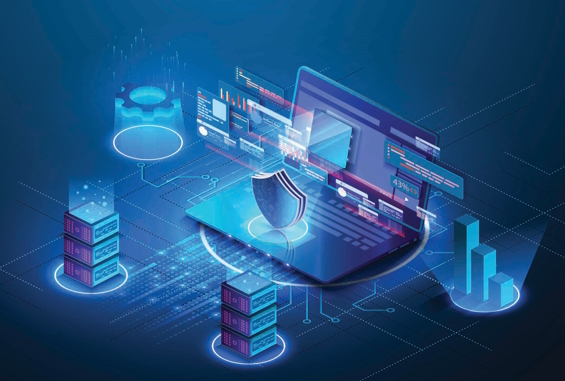
Why is it important for data centers and critical environments?
BMS is a powerful tool for facility management and can help to ensure the efficient operation of building systems while enhancing the safety and security of occupants and critical infrastructure. BMS allows for real-time monitoring of critical systems and provide early warning of potential issues before they become major problems.
In the context of a data center, a BMS can provide an additional layer of security by monitoring and controlling access to the facility and its critical systems. By integrating with other access control systems, such as CCTV cameras, intrusion detection systems, and fire Alarm systems, etc., BMS can restrict access to authorized personnel only, monitor data center conditions, and alert facility managers to any potential security breaches or system failures.
Access Control Systems
A BMS can be integrated with access control systems to manage and monitor access to different areas of a data center. This can include restricting access to authorized personnel only, enforcing security protocols such as two-factor authentication, and providing a record of who has entered and exited the building or specific areas.
CCTV Cameras
A BMS can be integrated with CCTV cameras to provide a comprehensive security solution for a data center. This can include monitoring and recording activity in and around the facility, providing real-time alerts for security breaches or suspicious activity, and enabling remote viewing of camera feeds.
Intrusion Detection Systems
A BMS can be integrated with intrusion detection systems to provide an additional layer of security for a data center. This can include monitoring for unauthorized access or tampering with critical systems, providing real-time alerts for security breaches or suspicious activity, and enabling remote monitoring and response.
Fire Alarm Systems
A BMS can be integrated with fire alarm systems to provide a comprehensive safety and security solution for a data center. This can include monitoring for smoke or fire, providing real-time alerts for potential fire hazards, and enabling automatic responses such as shutting down critical systems or activating fire suppression systems.
Moreover, data centers and other critical environments require precise temperature and humidity controls, as well as reliable power and cooling systems. Any disruptions to these systems can cause costly downtime, equipment failure, and data loss. With this regard, BMS can help prevent these issues by providing centralized control and monitoring of critical systems, allowing for proactive maintenance and rapid response to potential issues. For example, the system can detect and alert operators to temperature fluctuations or power outages, allowing them to take actions before they lead to equipment failure or data loss.
BMS is now installed in every major building or facility with the availability of direct integration into all other building services such as security, access control, CCTV, fire, Lifts and other life and safety systems. With the help of modern building management techniques and AI tools, BMS can guarantee the safety of facility operation, while also monitoring and optimizing the use and efficiency of its supervised subsystems to allow more efficient operation. Meanwhile, BMS systems can also provide valuable data analytics for building optimization. By monitoring system performance and environmental conditions, the system can identify areas for improvement and help reduce energy costs and improve efficiency.
How can we help?
At our company, we offer a range of BMS solutions tailored to the unique needs of data centers and other critical infrastructure facilities. Our BMS systems include advanced monitoring and control capabilities for HVAC, lighting, security, and fire detection systems.
Our team of experts can help you assess your facility’s unique needs and design a custom BMS system to meet those needs. We source and procure the necessary equipment, install, and test the system, and provide ongoing maintenance to ensure its continued reliability.
In addition, we offer integration services to connect your BMS system with other critical systems, such as power and cooling systems, for even greater control and monitoring capabilities. With our turnkey solutions and expert support, you can have peace of mind knowing that your critical infrastructure is protected by a robust and reliable BMS system.
Key Systems
BMS
A core system that provides centralized control and monitoring of various building systems, including HVAC, lighting, security, and fire detection systems.
Chiller Control System
A subsystem of the BMS that controls and monitors the performance of chillers, which are critical for maintaining the temperature and humidity levels required for data centers and other critical environments.
Environmental Monitoring System
A subsystem of the BMS that monitors environmental conditions, such as temperature, humidity, and air quality, to ensure optimal conditions for equipment and personnel.
Mimic Panel
A user interface that provides a visual representation of the building systems being monitored by BMS. The mimic panel allows operators to quickly identify potential issues and take action to resolve them.
Auto Dialer
An automated system that alerts personnel in the event of an issue detected by BMS. The auto dialer can send alerts via phone, email, or text message, ensuring that the appropriate personnel are notified of potential issues in a timely manner.
These components work together to provide a comprehensive BMS framework that ensures the safe and efficient operation of data centers and other critical infrastructure facilities. By providing centralized control and monitoring, early warning of potential issues, and valuable data analytics for building optimization, a BMS system is an essential tool for protecting critical infrastructure.


